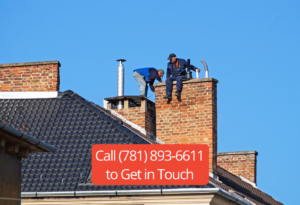What is Central Air Conditioning?
Welcome to Lindemann’s resource library. We are your trusted professionals in servicing and installing chimneys, fireplaces, and HVAC systems. A frequently asked question from our valued customers is, “What is central air conditioning?” Today, we delve into the basics and benefits of central air conditioning to help you make informed decisions for your home.
Understanding Central Air Conditioning
Central air conditioning is more than just a luxury—it’s a complex mechanism that serves as the linchpin for indoor comfort, especially during sweltering summers. This system operates by modulating the temperature within a building, ensuring that a consistent and cool climate is maintained. Central air conditioning is distinguished from other cooling methods by its ability to circulate conditioned air throughout the entire building, making every room equally comfortable and inviting.
Delving deeper into its operation, central air conditioning utilizes a network of ducts to distribute cooled air. The air, drawn from various parts of the building, travels through these ducts, passes over coils containing refrigerant, gets cooled, and is then redistributed back into the living spaces. This continuous process of drawing, cooling, and redistribution of air ensures a stable and pleasant indoor environment.
Moreover, central air conditioning is instrumental in maintaining optimal indoor air quality. It is equipped with filters that trap dust, pollen, and other airborne contaminants, purifying the air that circulates within the building. This feature is particularly beneficial for individuals with allergies or respiratory issues, contributing to a healthier living environment.
Components of Central Air Conditioning
Peeling back the layers of a central air conditioning system reveals a harmonious interplay of components, each critical to maintaining a cool and comfortable indoor atmosphere. These components, working together seamlessly, undergo a series of processes involving heat absorption, compression, and expulsion, ultimately achieving the desired climate within a building. In this section, we will explore the pivotal components that constitute a central air conditioning system and elucidate their functions.
Condenser Unit
The condenser unit, typically housed outside the building, plays a vital role in expelling the absorbed heat from indoors to the outdoors. It contains a compressor, a condenser coil, and a fan. The compressor pressurizes the refrigerant gas, elevating its temperature. As this high-temperature gas flows through the condenser coil, the fan blows outdoor air over the coil, facilitating the release of heat from the refrigerant to the outside atmosphere. This process transforms the refrigerant from a high-pressure gas to a high-pressure liquid, ready to be cycled back into the system.
Evaporator Coil
Situated inside, usually connected to the furnace or air handler, the evaporator coil is the antithesis of the condenser unit. The high-pressure liquid refrigerant from the condenser unit enters the evaporator coil, where it experiences a drop in pressure, causing it to evaporate into a gas. During this phase change, the refrigerant absorbs heat from the surrounding air, effectively cooling it. A fan then blows the cooled air through the ductwork, distributing it throughout the building.
Refrigerant Lines
Connecting the condenser unit and evaporator coil are the refrigerant lines. These lines transport the refrigerant between its gaseous and liquid states, facilitating the heat exchange process. The refrigerant lines are insulated to prevent heat loss and to ensure efficient operation of the system.
Ductwork and Vents
The ductwork and vents are the vascular system of central air conditioning, circulating cooled air throughout the building and returning warmer air back to be recooled. Properly sealed and insulated ducts are essential to prevent energy loss and maintain the system’s efficiency.
Thermostat
Serving as the brain of the operation, the thermostat allows users to set the desired temperature. It senses the temperature of the room and communicates with the system to start or stop the cooling cycle, ensuring the indoor climate remains within the preferred range.
Air Filter
The air filter is integral in maintaining indoor air quality. Positioned within the ductwork, it traps dust, pollen, and other airborne particles, preventing them from circulating back into the living spaces and clogging the system.
The Cooling Process
Understanding the cooling process is essential for appreciating the efficiency of central air conditioning. The system operates on a simple principle – moving heat from the inside to the outside. The refrigerant within the evaporator coil absorbs heat from the indoor air, turning it into a gas. This gas is then compressed and conveyed to the condenser unit, where it releases the absorbed heat outdoors, reverts to a liquid state, and cycles back to start the process again.
Benefits of Central Air Conditioning
Central air conditioning systems offer a plethora of benefits, making them an ideal choice for many homeowners and businesses:
- Uniform Cooling: Central air ensures consistent temperatures throughout your space, eliminating hot or cold spots and enhancing comfort.
- Improved Air Quality: The system filters and circulates air, removing pollutants and allergens, thereby improving indoor air quality.
- Aesthetic Appeal: Unlike window units, central air conditioning is inconspicuous, preserving the aesthetic integrity of your building.
- Cost-Efficiency: Although the initial investment is substantial, central air conditioning is more energy-efficient in the long run, reducing utility bills.
Maintaining Your Central Air Conditioning
To ensure optimal performance and longevity, regular maintenance of your central air conditioning system is crucial. At Lindemann, we provide comprehensive servicing to keep your system running efficiently. Our services include:
- Regular Inspections: We assess all components to identify and rectify any potential issues.
- Filter Replacement: Regular filter changes are essential to maintain air quality and system efficiency.
- Cleaning: We clean the coils, ducts, and other components to prevent the accumulation of dust and debris.
- Refrigerant Check: We ensure that the refrigerant levels are adequate and rectify any leaks.
Investing in Central Air Conditioning with Lindemann
Choosing the right central air conditioning system is pivotal for your comfort and satisfaction. At Lindemann, we pride ourselves on providing tailored solutions to meet your unique needs. Our team of skilled professionals is dedicated to installing and servicing HVAC systems, ensuring optimal performance and customer satisfaction.
Final Thoughts
In conclusion, central air conditioning is a sophisticated system that offers uniform cooling and enhanced air quality, contributing to a comfortable and healthy living environment. Regular maintenance by trusted professionals like Lindemann is essential to enjoy the benefits of central air conditioning for years to come.
Thank you for trusting Lindemann with your heating, cooling, and chimney needs. For more information or to schedule a service, please contact us today!
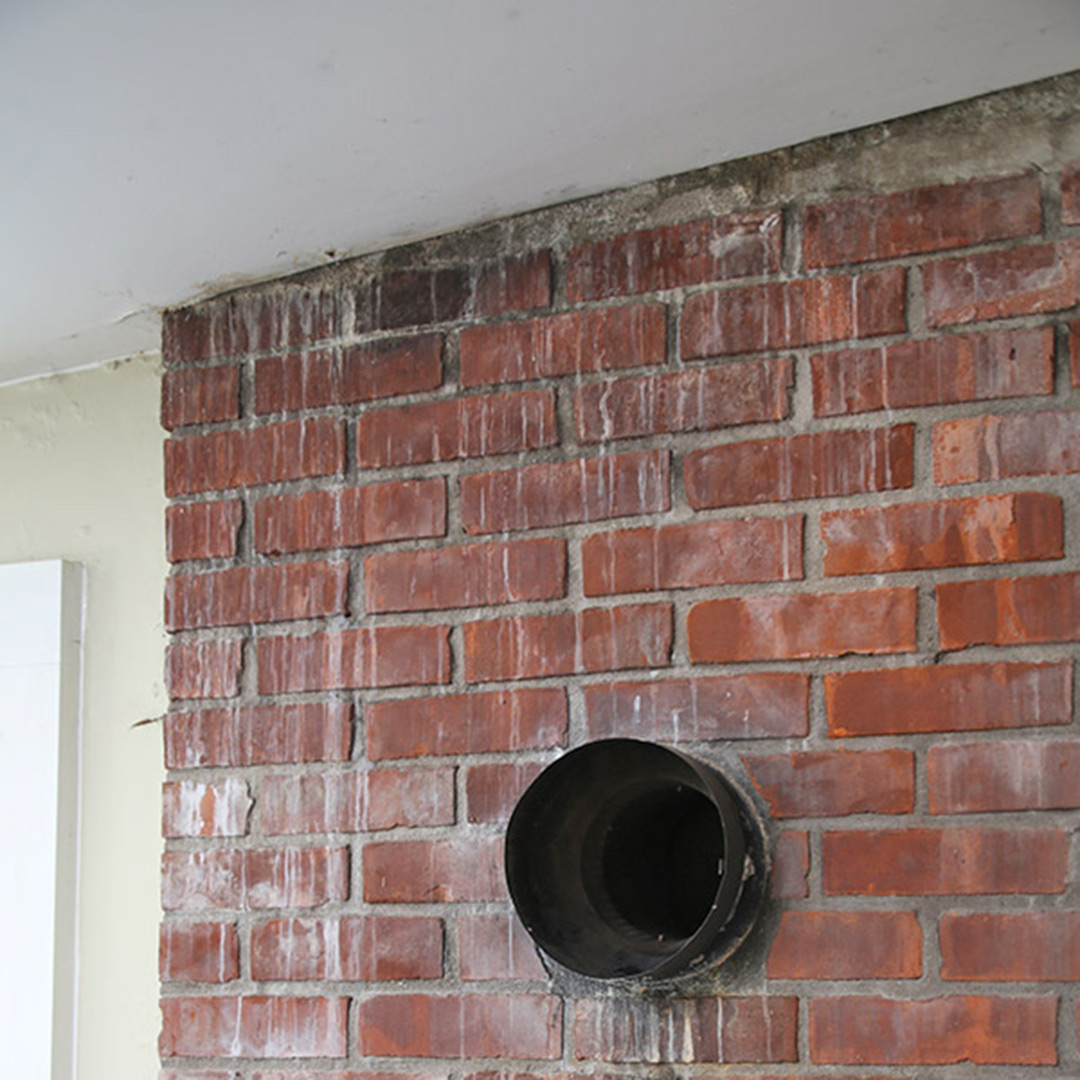
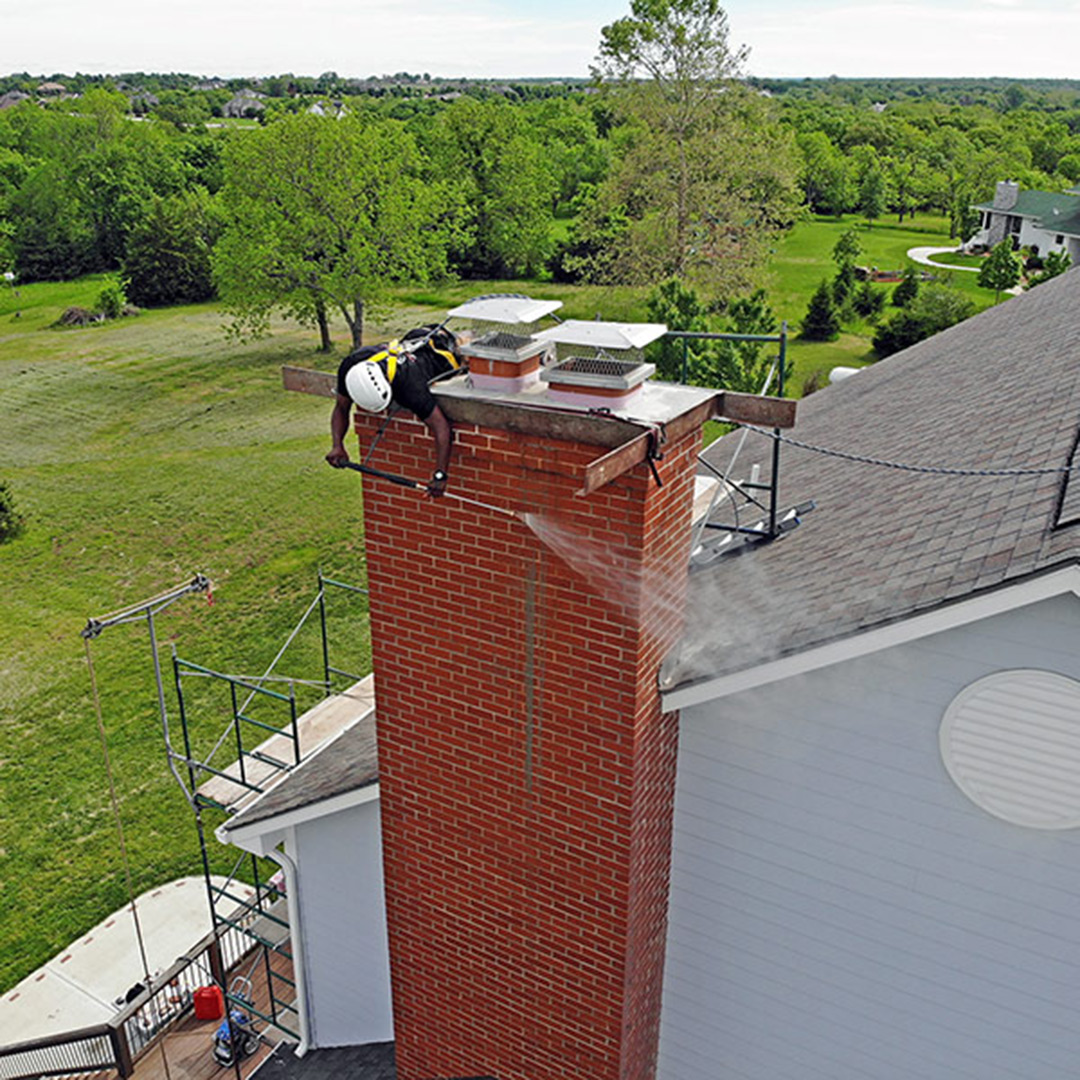
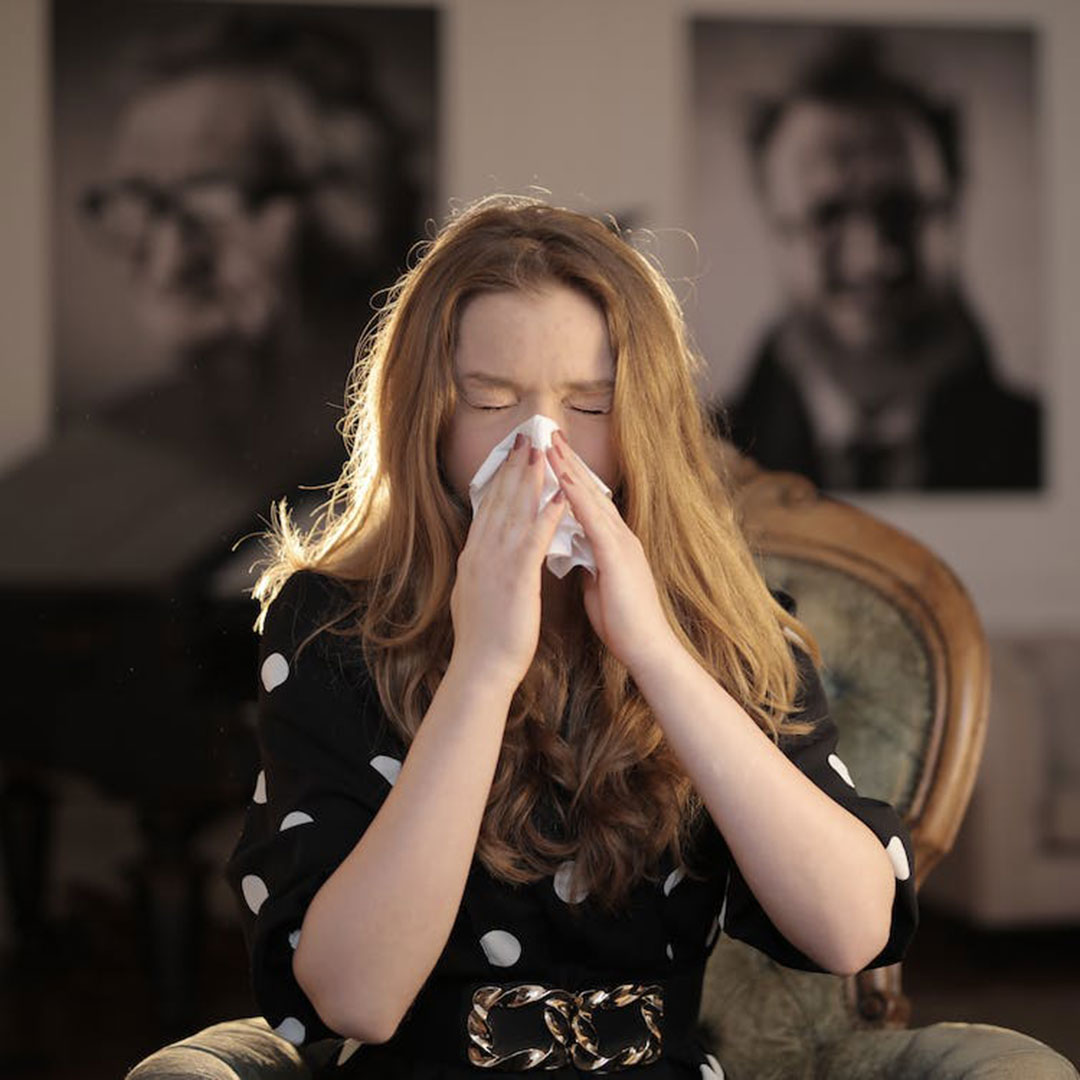
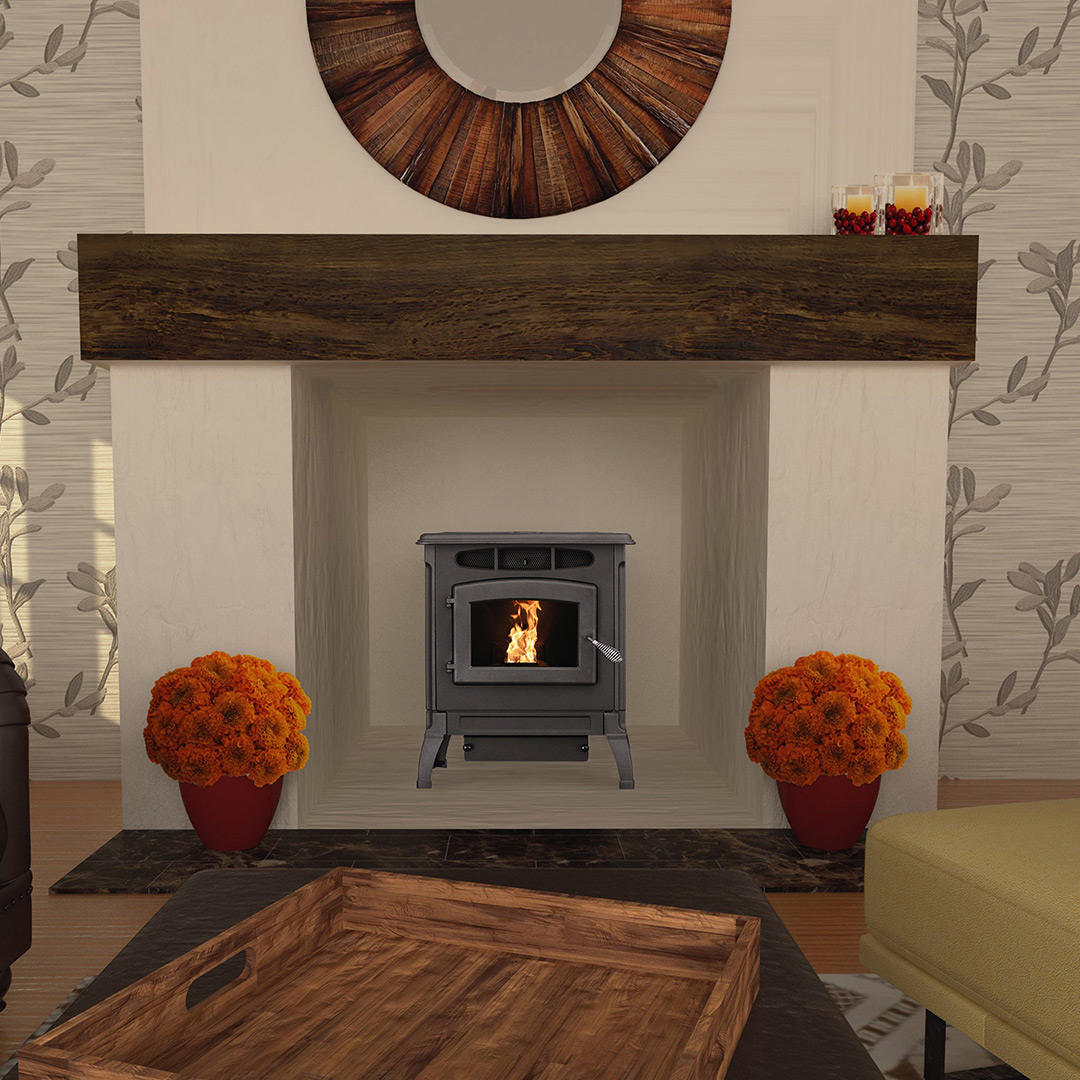 Regardless of the choice, there are many fireplace alternatives out there to mitigate or completely remove household pollutants. These pollutants could be contributing to seasonal allergies, situational allergies, or asthma.
Regardless of the choice, there are many fireplace alternatives out there to mitigate or completely remove household pollutants. These pollutants could be contributing to seasonal allergies, situational allergies, or asthma. 

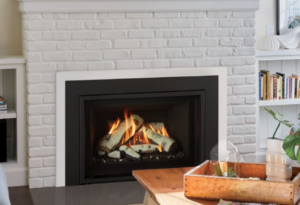
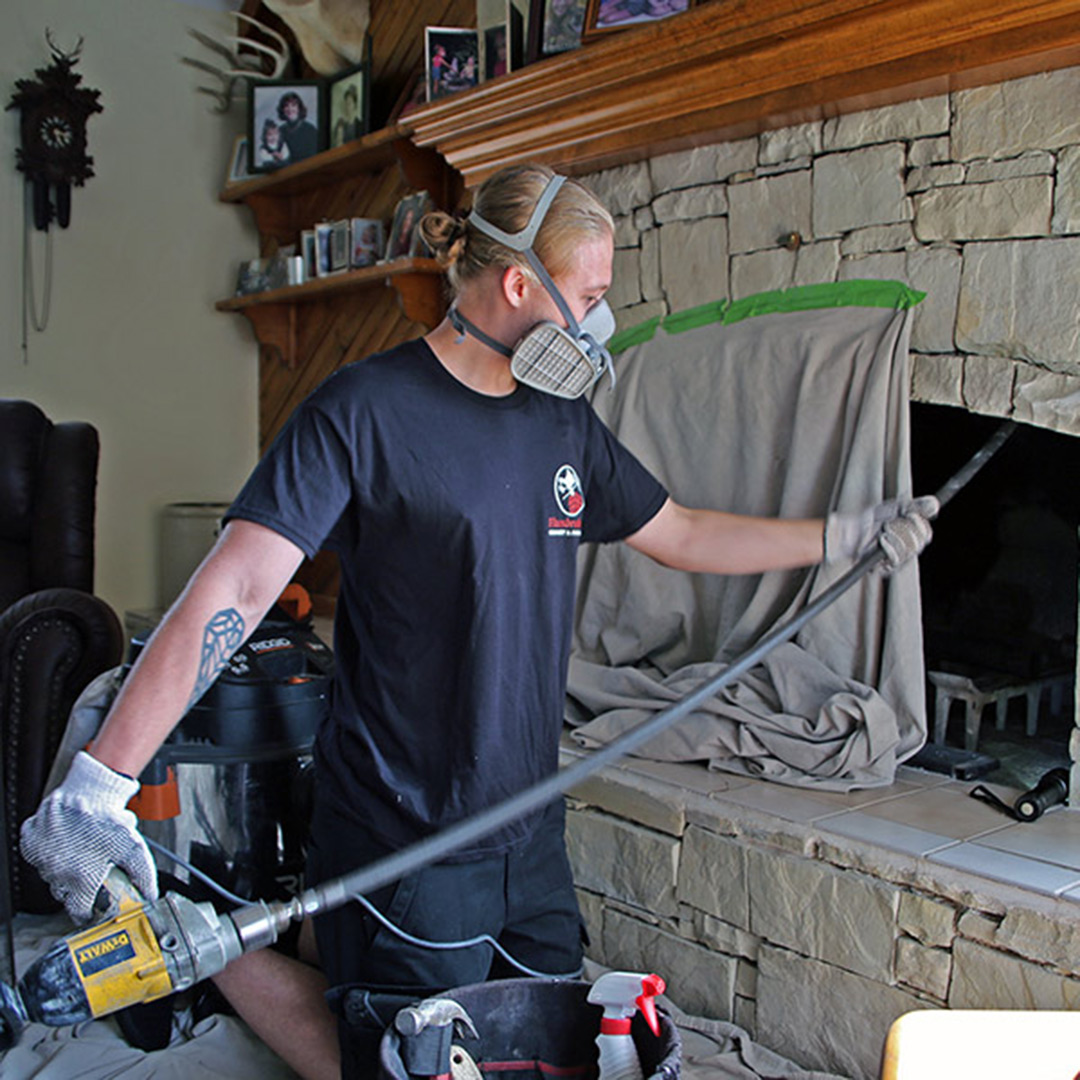
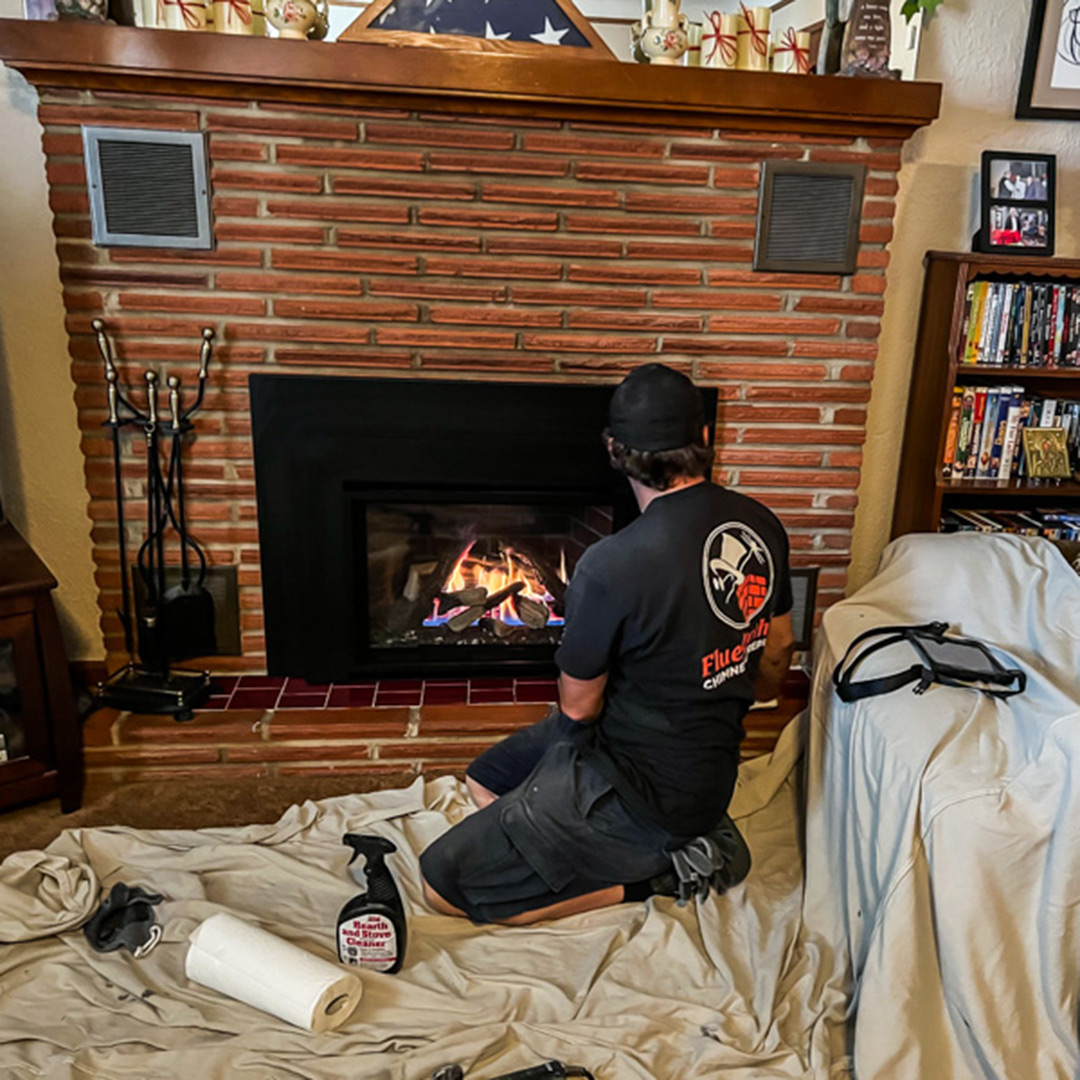 Consider Installing a Fireplace Insert
Consider Installing a Fireplace Insert The Best Woods
The Best Woods

